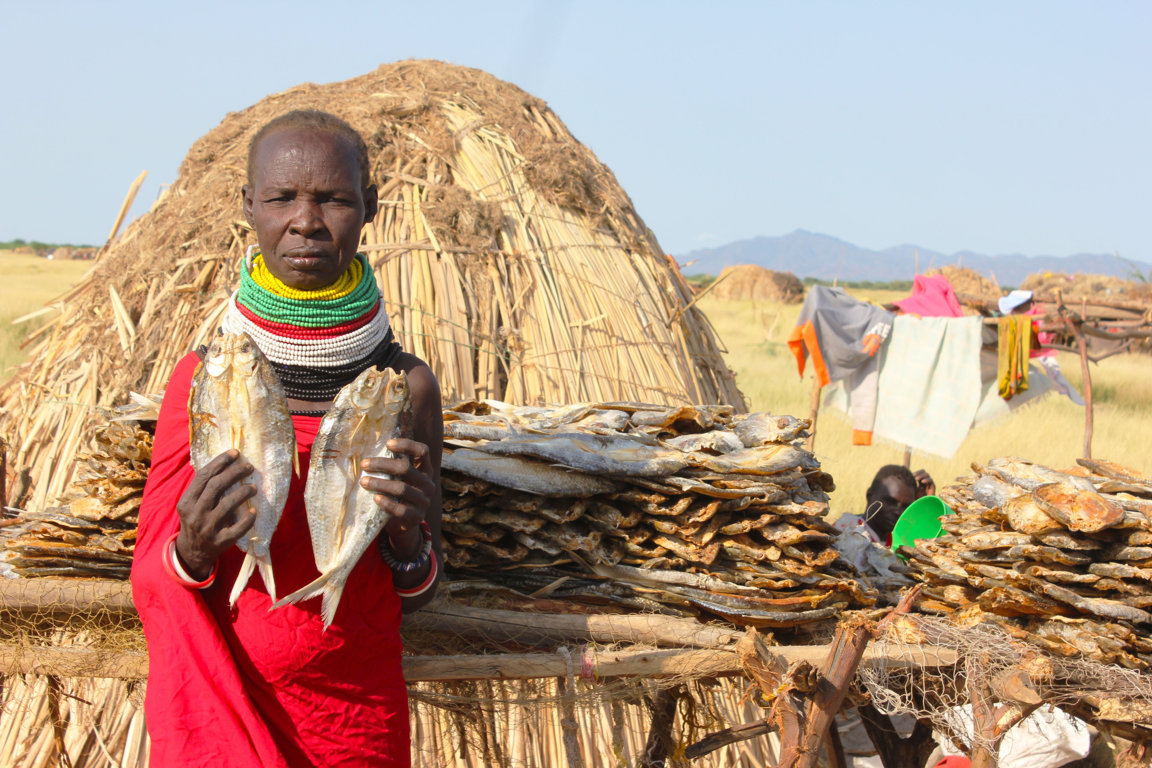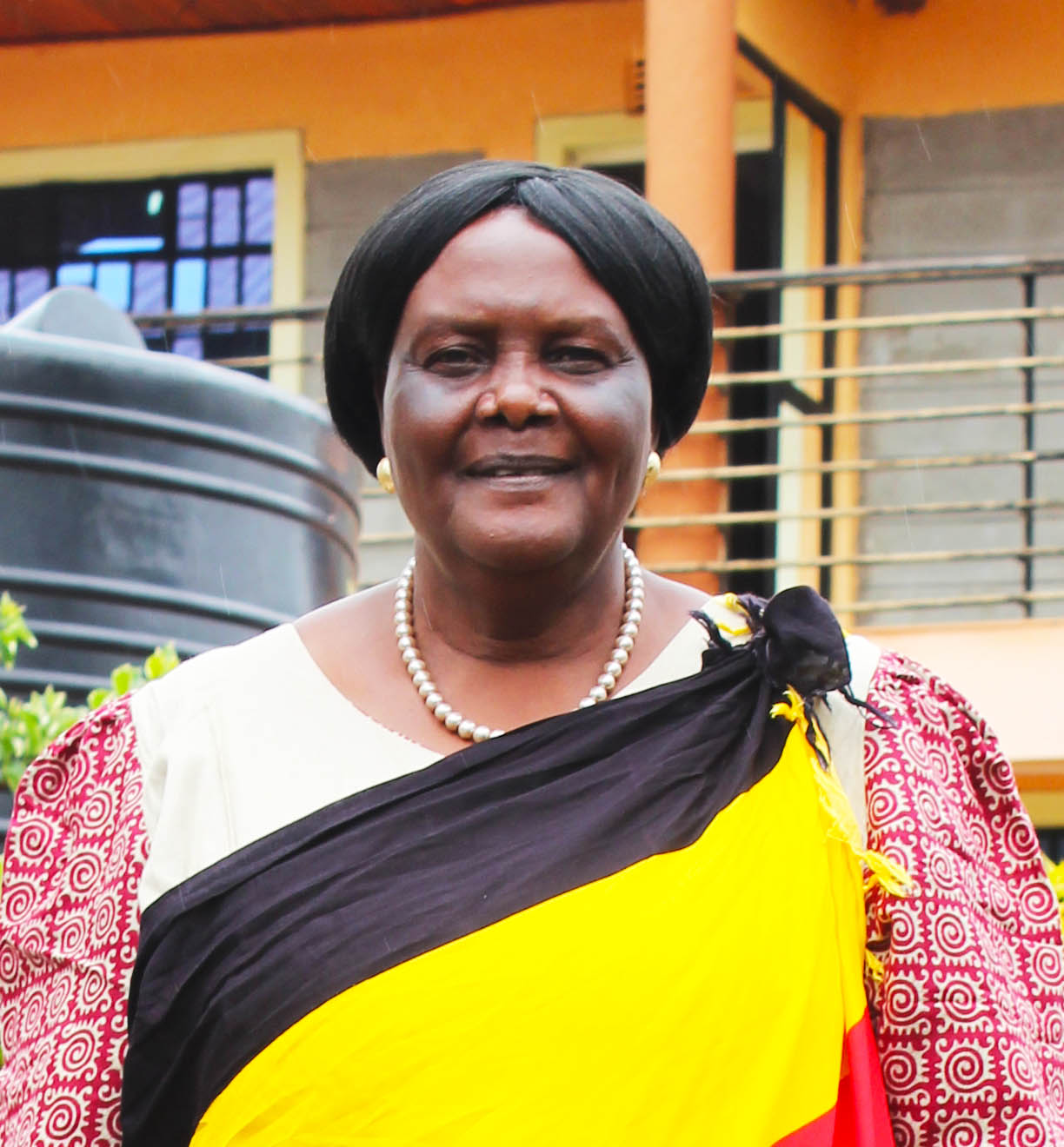Contemporary thinking on youth and conflict remains to be overly negative. Youth everywhere are known to be protagonists of criminal and political violence. In pastoral settings, youth – specifically warriors – are famous for conducting raids and banditry. Hence, there have been unjustifiable assumptions about the role, position, and contribution of youth in conflict which have appeared to cast elites at the helm of recovery efforts within societies undergoing conflict transition.



